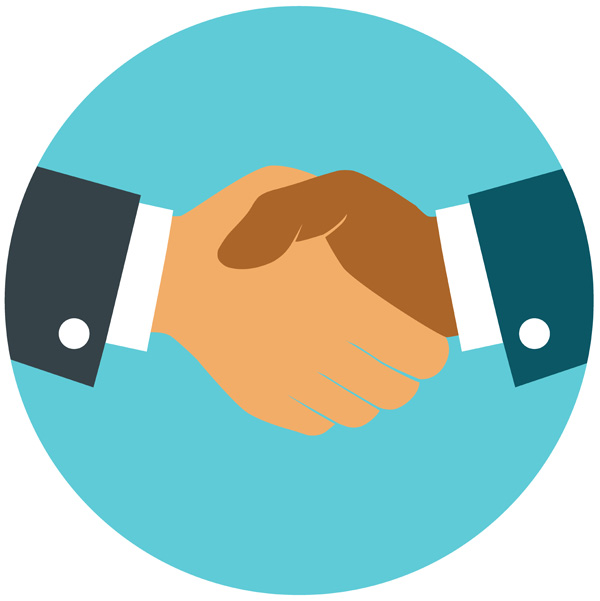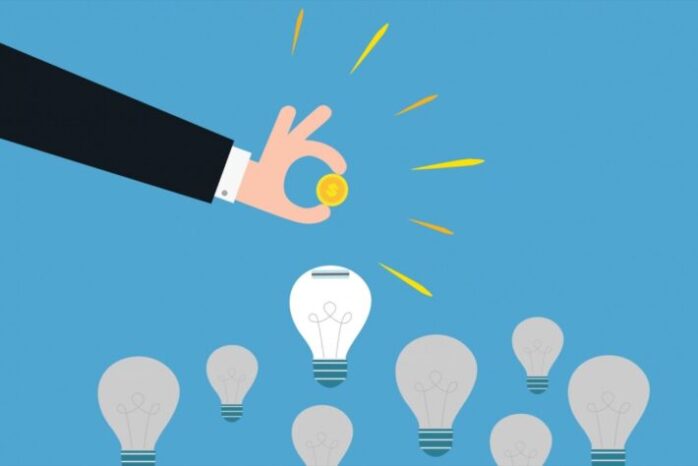
Over the years, you have probably gotten quite good at inventing different things, however, when it comes to selling it, you might not be the best businessman or businesswoman out there. After all, trading your designs is the last, the most complex, and certainly a daunting part of the entire process.
This is why you might now be wondering – what are some facts that I should know if I want to trade my own invention? Fortunately for all entrepreneurs searching for an answer to this question, the article below might shed some light on the entire topic. So, without further ado, let’s take a look at the things you need to know:
1. Before Anything Else, Do Some Digging

Before you choose to do anything else from this list or before you even think about approaching an organization to sell your invention, you must ensure that you do the necessary research. What does this mean? Well, it means that you’ll need to research some important areas, including:
– Discover More About The Market – now, we aren’t talking about you determining what your audience is, we’re talking about obtaining as many reviews on your product as you can. Additionally, you should gather more info on related products out there, especially since this could assist you with advertising later on.
– The Legal Aspect is Important – you’ll also have to know if the item you invented is actually patentable, however, you could always opt for the services of organizations such as Invent Help. For more information on the services, such companies can offer, check out this website.
2. You’ll Need a Formal Presentation

Once you go through the aforementioned step, you’ll have to come up with a formal, professionally-looking presentation that you’ll be capable of showing the potential companies and licensors. Besides your prototype, you’ll also have to make a presentation that’ll show all the info you previously obtained.
Keep in mind, you’ll be required to explicitly state the difficulty people have, the challenges and/or demands your products meets, all of its perks and characteristics, the audience you could target, and the potential markets, as well as all the legal aspects of the product such as the trademark, logo, copyright, and so on.
3. You’ll Need a List of Potential Purchasers

When you’re finished preparing your presentation, you’ll need to make a list of all the potential purchasers. By building a list, you’ll be ready to easily narrow down the list, later on, relying on the offers you get. To achieve this, you’ll want to check various online databases, especially since it’ll make everything so much easier for you.
Additionally, you could take a walk around your city, and determine which of the local companies might be suitable for selling your item. Of course, you’ll have to ensure that the company can actually sell your invention, hence, if it’s something such as a consumer product, look for those stores, and write down their names on your list.
4. You Must Learn More About The Potential Purchasers

So, you have made your list, and now you’re wondering what your next step is. Well, it’s actually quite simple – your next step is to learn everything there is about the potential purchasers. What does this mean? It means that you’ll want to learn more about the following factors:
– The Size of The Organization – if it’s a larger organization, it’ll be easy for you to determine their distribution process. However, smaller ones might be better for you, especially since they usually make more qualified prospects. Why? Well, mostly because there are fewer in-house employees, meaning that it’ll be easier for you to work with them.
– Location – you shouldn’t restrict yourself to local organizations, however, they do provide more perks. Choosing a firm that is closer to your location means that you can take advantage of any contact that you might have in your area, and more importantly, you’ll be able to set up face-to-face encounters.
– Look For Related Product Lines – if your product matches the one an organization offers, the more probable it is that they’ll accept your invention. This is especially true if your product allows them to be competitive with some of the rivaling organizations in the local area.
– The Policies Are Important Factors – one of the ways that you could easily narrow down your list of potential companies is if you look at the policies they have. This means that some of the firms could accept products more easily than others. Hence, ensure that you check their rules and regulations and see whether or not they accept new products.
5. Make The Deal

By now, you have already collected all the important data, you’ll have the presentation ready, and you’ll have a shorter list of potential candidates. So, how could you learn whether or not you can make or get a great deal for yourself? Well, it’s quite easy, by comparing all of the things you could get from each of the candidates. In the end, it’ll all come down to the most beneficial deal you could make for your invention.
Keep in mind, you’ll want to guarantee that you know everything about the upfront payments you can receive, all the royalties that will come later on, the yearly minimum, and the exclusivity. By learning all of these things, you’ll be able to make a more informed and better decision for yourself.
Conclusion

When it comes to trading your invention, there are various steps that you’ll have to take. Although it can be a daunting process, if you choose to follow some or all of the tips mentioned in the list above, you’ll be able to make the entire process less time-consuming and daunting, but more importantly, you’ll be able to make it less stressful for everyone involved.
So, now that you’re aware of all the things you’ll have to do, you might not want to lose any more of your time. Instead, you might want to return to the beginning of this article, and start with the first step we mentioned – which is ensuring that you research all the aspects of your product, as well as creating a formal presentation that you’ll show potential purchasers.











